Thanks to the 1994 Winter Olympics, everyone of a certain age knows the name Lillehammer, Norway. Let's take a look at what the town is like today.
Decades before the 1994 Winter Olympics put Lillehammer on the global map, this small Norwegian town and its surrounding mountains had long been a destination for winter sports fanatics. There's nowhere better to discover Norwegian friluftsliv!
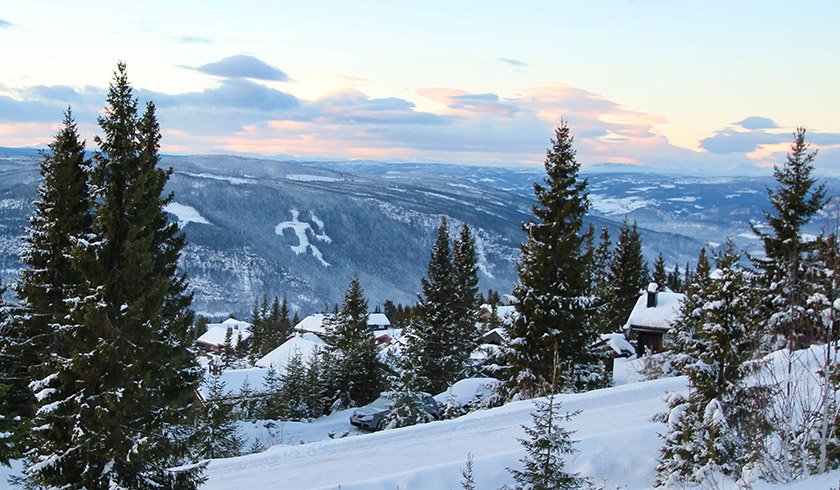
It's fair to say this is a town for the outdoors type. Some of northern Europe’s highest mountains, Norway's biggest lake, and several national parks are all within range of Lillehammer, yet it's within a day trip of Oslo.
An introduction to Lillehammer, Norway
Most major Norwegian cities hug the coastline for a milder climate and access to plentiful fishing grounds. Although built on the shores of the 365km2 Lake Mjøsa, Lillehammer is far inland. Its location has a major impact on the town’s climate.
What to expect from the weather? Well, from mid-November to mid-March temperatures will likely be at or below freezing, and snow is all but guaranteed. While summer days can reach a pleasant 15-20°C (59-68°F) or even higher, May to September is also the wettest time of year.
Despite its status as a sporting capital, central Lillehammer is ultra-compact. The majority of shops and central attractions are located on or just off Storgata, which is just minutes from the railway station and bus terminal.
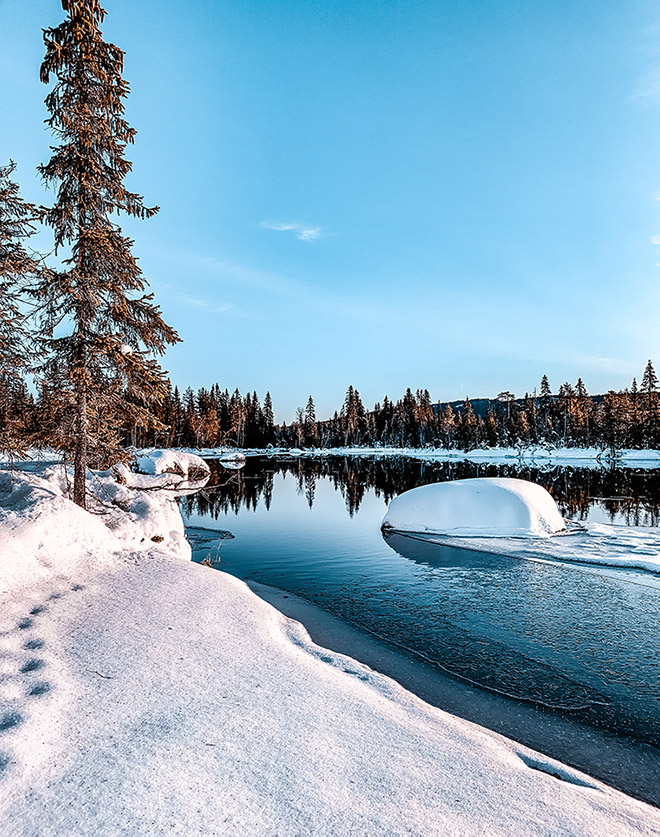
The Maihaugen open-air museum, the Olympic Museum, and the Olympic Park are all a 15- to 20-minute walk east of the central area, but the steep hill on the way surprises many who’ve only glanced at a map. Buses and taxis are available.
Is it worth visiting Lillehammer?
Did you watch the Lilyhammer TV series? In the first episode, New York gangster Frank Tagliano, played by Steven Van Zandt, flees the United States for Norway. He chose Lillehammer because of his romantic memories of the 1994 games. The reality turned out to be different, of course!
So what about today? I still hear from many people keen on visiting the town because of its status as a former Olympic host. I understand, of course, but the town is small and doesn't need a week to explore. My recommendation is to take a trip to Lillehammer for 1-2 days from Oslo, or a stopover as part of a longer road trip around Norway.
The Olympic legacy of Lillehammer
When the city was declared host of the 1994 Olympic Games, people all around the world checked a map. Never before had a Winter Olympics been held somewhere so small—its population is a shade over 25,000—so the city’s infrastructure received substantial investment.
The successful event and subsequent boost in visitors has benefited the city and the region’s ski resorts ever since, and so it is much better equipped to welcome visitors than almost all other Norwegian cities of its size.
The highlight of any visit to Lillehammer, at least for non-skiers, is the Norwegian Olympic Museum. Beware of old brochures that direct you to Håkons Hall at the Olympic Park. The museum has relocated to the basement of the main building at the Maihaugen open-air museum, but is a standalone attraction.
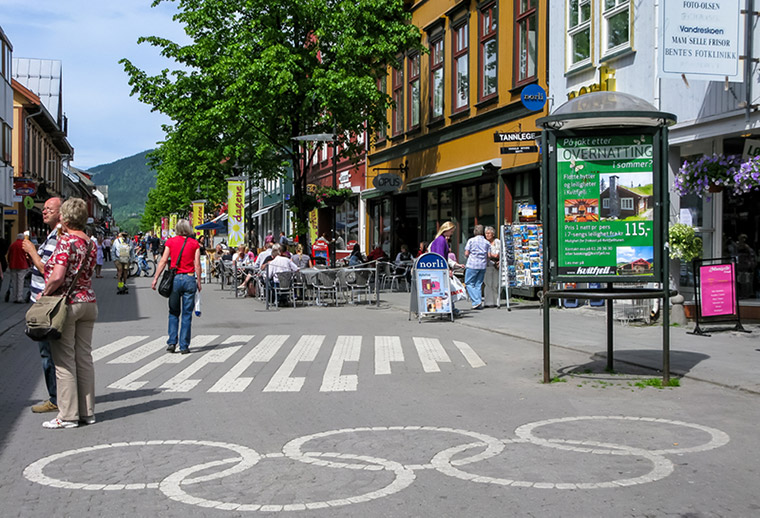
Rather than focus on the 1994 Games, the underground exhibits document the history of the global Olympic movement, both summer and winter, from ancient times through to the present day. Video installations will help you recall unforgettable moments, record-breaking performances, and inspiring opening ceremonies from around the world.
Half of the museum is dedicated to Norway’s Olympic history. Media coverage from Lillehammer 1994 and Oslo 1952 and a biathlon simulator are some of the highlights for non-Norwegians.
Since the Olympic Museum relocated to Maihaugen, visitor numbers to the Olympic Park have dropped, but it’s still worth a visit for sports fans. This compact site hosted the majority of events during the 1994 Games, including ice hockey, ski jumping, and the memorable opening ceremony.
On a clear day, climb the steps at Lillehammer Ski Jumping Arena or take the chair lift for a clear view across the city and Lake Mjøsa. Even in the snow-free months of summer, serious jumpers still practice on the hill thanks to the artificial surface laid a few years ago.
Read more: The Olympic Legacy of Lillehammer
Maihaugen outdoor museum
Open-air museums are commonplace throughout Norway, but Lillehammer’s Maihaugen is one of the best. Set on the hillside overlooking the city, the museum is split into three sections.
Follow the paved trail around the log cabins to find the first section, a village of three rural farms presented as they would have been in the 18th and 19th centuries. During the summer, the village is brought to life with actors playing the parts of farmers, maidens, and even the local schoolteacher.
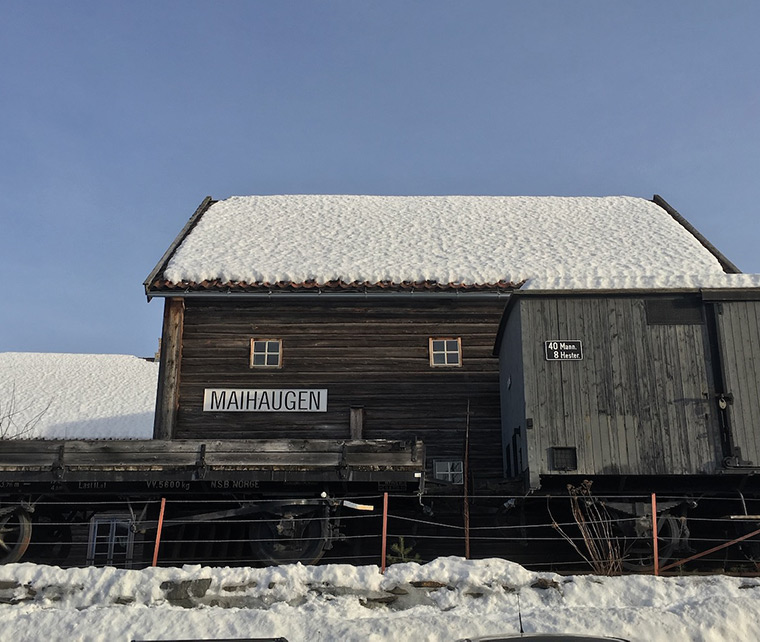
The second section, the show town, is modeled on Lillehammer at the turn of the 20th century, so much so that many of the houses were actually moved piece by piece from the town itself. The best of those, Olsengården, housed three generations of craftsmen, with hens and rabbits in the backyard.
Check out the original steam locomotive before wandering through the third section, a residential area that shows how quickly the standard of living developed during the 20th century. Typical Norwegian houses of all shapes and sizes can be found here, including a prefabricated single-story “future house” developed by Norwegian corporate giant Telenor.
Make time to visit the indoor exhibitions, including the dental office of Anders Sandvig (featuring an 1850s dentist chair and drill) and a unique range of carved folk art collected from across the Gudbrandsdalen valley. Finally, the gift shop at Maihaugen is one of Norway’s best. Colorful memorabilia from the Olympic Museum sits alongside ceramics, glass, knitwear, and local crafts.
Other things to do in Lillehammer, Norway
If you base yourself in the town centre, it won't take you long to explore the central streets. Just a couple of parallel streets make up the entire downtown area. The parkland in front of Lillehammer Church is an attractive place to spend a coffee break.
Art meets architecture on the glistening silver-blue facade of the Weidemann Gallery at the Lillehammer Art Museum. The new addition was a collaboration between leading architecture firm Snøhetta and legendary Bergen-born artist Bård Breivik, who sadly passed away weeks before the project’s opening in 2016. He was also responsible for the tranquil sculpture garden with stone and running water that links the museum’s buildings.
Three private collectors donated the core of the gallery’s permanent collection of 19th-century Norwegian art, which has been supplemented in recent years by the purchase of more contemporary artworks. New temporary exhibitions and retrospectives are introduced quarterly.
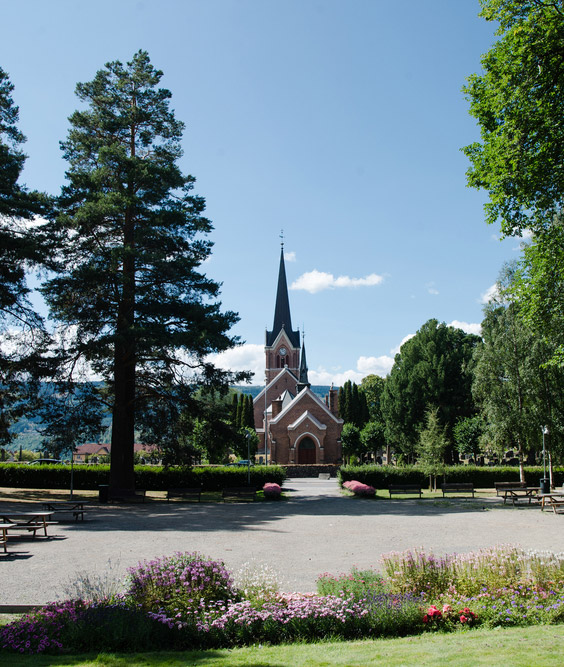
Fun and games near Lillehammer
Many of the best attractions lie in the region surrounding Lillehammer. Discover Norwegian fairy tales at the Hunderfossen Family Park, which is one of Norway's best family destinations despite its short summer season. In the land guarded by a 46-foot-high troll, your family will meet Norwegian princes and princesses as you experience Norwegian folk tales.
Younger children are catered to with an indoor play center, boat pool, and splash pool, while rollercoasters will keep bigger kids amused. The five-minute ride on the simulated rapids is a must-do, but be prepared to get wet! The park is 16km north of Lillehammer but is accessible by train or a shuttle bus from central Lillehammer.
On the opposite side of the Gudbrandsdalslågen river from the Hunderfossen Family Park lies Lilleputthammer, an attraction suited for younger children. At its centre is a miniaturised version of Lillehammer’s main street, Storgata.
The surrounding adventure park with electric-powered cars, a mini-rollercoaster, playgrounds, and colorful characters is best suited for children under 8, while the new climbing frames and zip lines of Olas klatrepark will keep children up to 12 occupied.
Skiing and other winter sports
One of Norway’s major ski resorts, Hafjell is linked by regular shuttle buses throughout the season. The resort is known for its Olympic-standard slopes, but it has a vast range of gentler slopes, seven slopes dedicated to children, plus four different terrain parks.
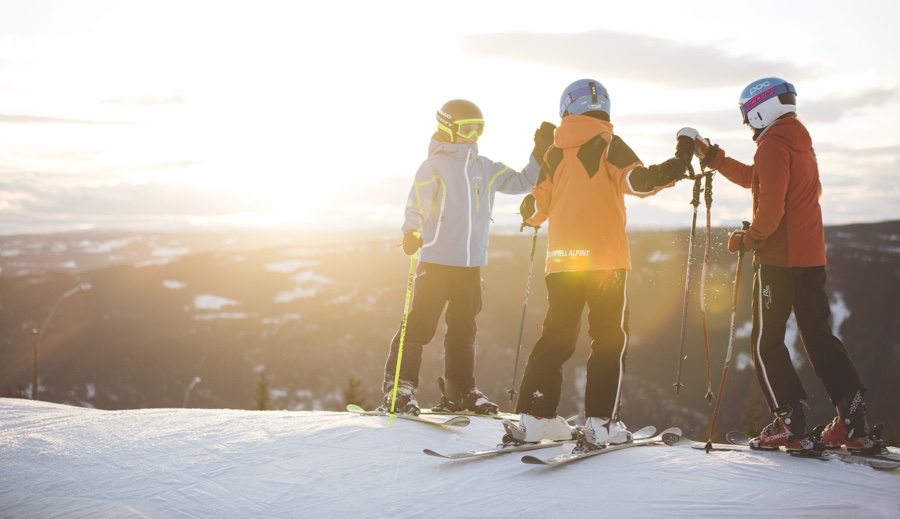
Hafjell is also the starting point for an incredible 300km of prepared cross-country trails. During the summer, Hafjell is transformed into one of Norway’s most challenging mountain bike parks.
Complete the Lillehammer Olympic experience at the Olympic Bob and Luge Track, next to Hunderfossen Family Park. The centre offers varying experiences depending on season, using Scandinavia’s only artificially frozen bobsled and luge track. Check the calendar in advance and book ahead to avoid disappointment.
Living in Lillehammer
Perhaps like Frank Tagliano, you're curious about everyday life in Lillehammer? You can read this first-hand account of how Lillehammer became a hometown for one foreigner.
The annual Peer Gynt Festival is a real highlight on the Norwegian cultural calendar. Taking place on the banks of the Gålåvatnet lake an hour north of Lillehammer, the play brings Henrik Ibsen’s dramatic poem to life through song and dance.
Although performed in Norwegian, it's subtitled in English through a booklet and audio headset. In addition to these daily lakeside performances, concerts are held high up in the mountains and in local churches, while art exhibitions and guided hikes around the Gudbrandsdalen valley complete the program.
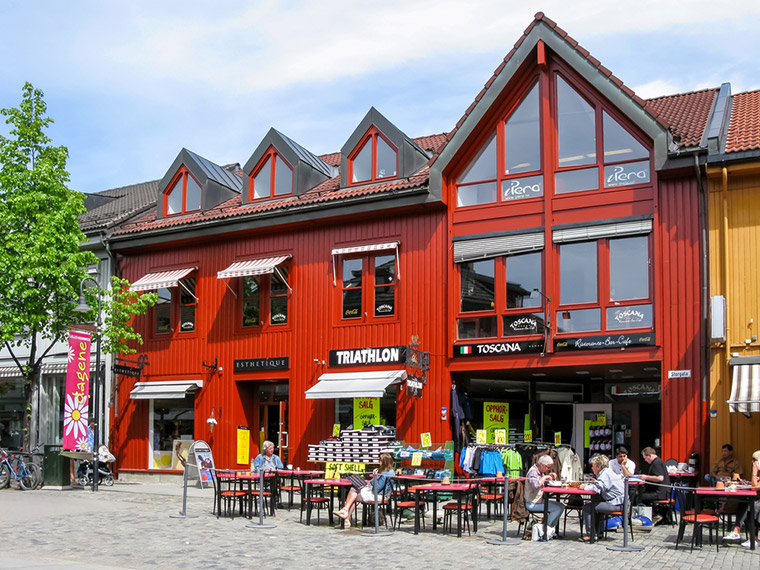
The city is the finish line for the world’s largest ski race, Birkebeinerrennet, the highlight of the Birken Ski Festival. On a crisp March weekend, more than 12,000 professional and keen amateur skiers complete the epic 54km trail through the mountains east of Lillehammer. Thousands more take part in smaller events over the course of the weekend, including many children.
All participants in the main race carry a backpack weighing 3.5kg to commemorate the original Birkebeinerne that rescued the infant Norwegian prince, Haakon Haakonsson, from a rival faction in 1205-1206. The prince eventually became the king who united Norway after hundreds of years of civil war. The story was immortalized in the 2016 movie Birkebeinerne, released internationally as The Last King.
How to get to Lillehammer
As the journey by train or car takes more than two hours, a day trip from Oslo is possible. However, it's best to plan an overnight stay if you want to see the best of what the town has to offer. The 184km drive from Oslo along the E6 highway takes just over two hours, a quicker option than the shorter route using Rv4. Add on an extra 10-15 minutes to reach Hafjell and Hunderfossen.
Trains run hourly from Oslo, with fares approximately 450 kroner. Savings can be obtained by booking in advance, although these fares will be non-refundable. Read more about train travel in Norway.
While Lillehammer’s compact centre is easy to navigate on foot, the steep hills of the surrounding area and harsh winter weather will soon have you looking for other options. For those without their own car, there is a local bus service in and around Lillehammer.


Many years ago while a music student in Germany, I hitchhiked to Norway during the summer holidays staying in youth hostels. I remember Lillehammer’s Youth Hostel even today. I can see the pine and cedar wood the entire structure was built of. I can smell the perfume of the beautiful wood. I can feel the health of the house. I can remember the friends from all over Europe I met there. I can remember the sincere kindness of Norwegians who gave me rides as far as Trondheim. I still remember Norway of some sixty years ago.
In 1975 I enjoyed 10 lovely memorable days in Lillehammer during the Boy Scout World Jamboree I was 16 years old at the time. What a beautifull area of the world it is. I will never forget my stay there for as long as I live. The people we so kind and friendly. I would really love to revisit Lillehammer if I have the oppertunity again.
Everyone should watch Lilyhammer on Netflix at least once in their life!
Soooo funny!